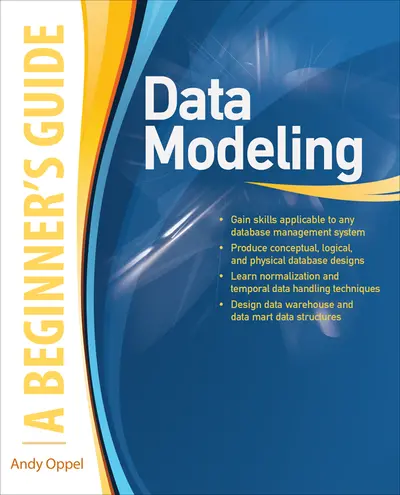My Account Details

ISBN10: 0071623981 | ISBN13: 9780071623988

Step 1 . Download Adobe Digital Editions to your PC or Mac desktop/laptop.
Step 2. Register and authorize your Adobe ID (optional). To access your eBook on multiple devices, first create an Adobe ID at account.adobe.com. Then, open Adobe Digital Editions, go to the Help menu, and select "Authorize Computer" to link your Adobe ID.
Step 3. Open Your eBook. Use Adobe Digital Editions to open the file. If the eBook doesn’t open, contact customer service for assistance.
Publisher's Note: Products purchased from Third Party sellers are not guaranteed by the publisher for quality, authenticity, or access to any online entitlements included with the product. Essential Skills--Made Easy! Learn how to create data models that allow complex data to be analyzed, manipulated, extracted, and reported upon accurately. Data Modeling: A Beginner's Guide teaches you techniques for gathering business requirements and using them to produce conceptual, logical, and physical database designs. You'll get details on Unified Modeling Language (UML), normalization, incorporating business rules, handling temporal data, and analytical database design. The methods presented in this fast-paced tutorial are applicable to any database management system, regardless of vendor. Designed for Easy Learning Key Skills & Concepts--Chapter-opening lists of specific skills covered in the chapter Ask the expert--Q&A sections filled with bonus information and helpful tips Try This--Hands-on exercises that show you how to apply your skills Notes--Extra information related to the topic being covered Self Tests--Chapter-ending quizzes to test your knowledge Andy Oppel has taught database technology for the University of California Extension for more than 25 years. He is the author of Databases Demystified, SQL Demystified, and Databases: A Beginner's Guide, and the co-author of SQL: A Beginner's Guide, Third Edition, and SQL: The Complete Reference, Third Edition.
Need support? We're here to help - Get real-world support and resources every step of the way.